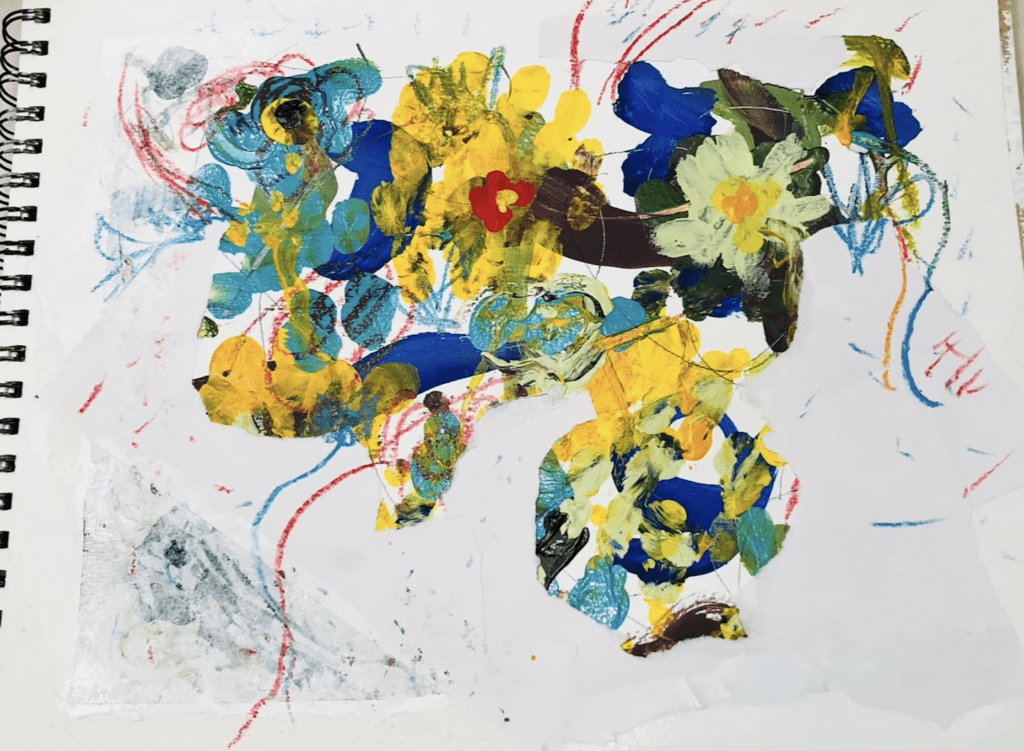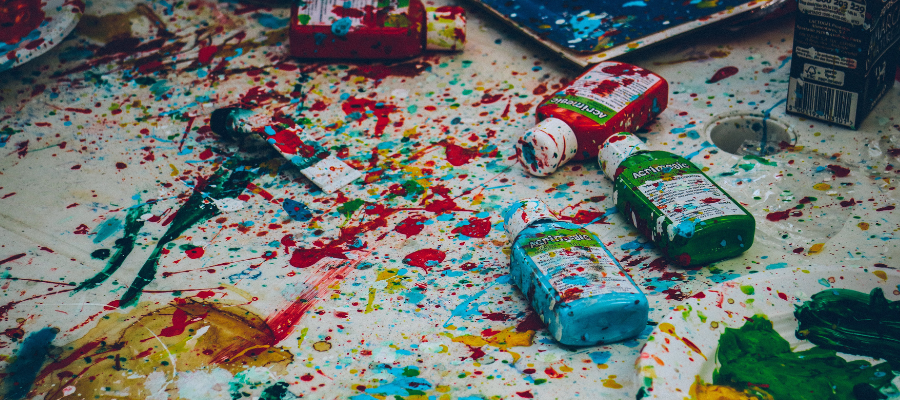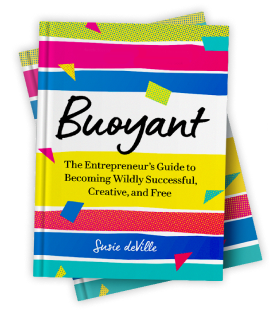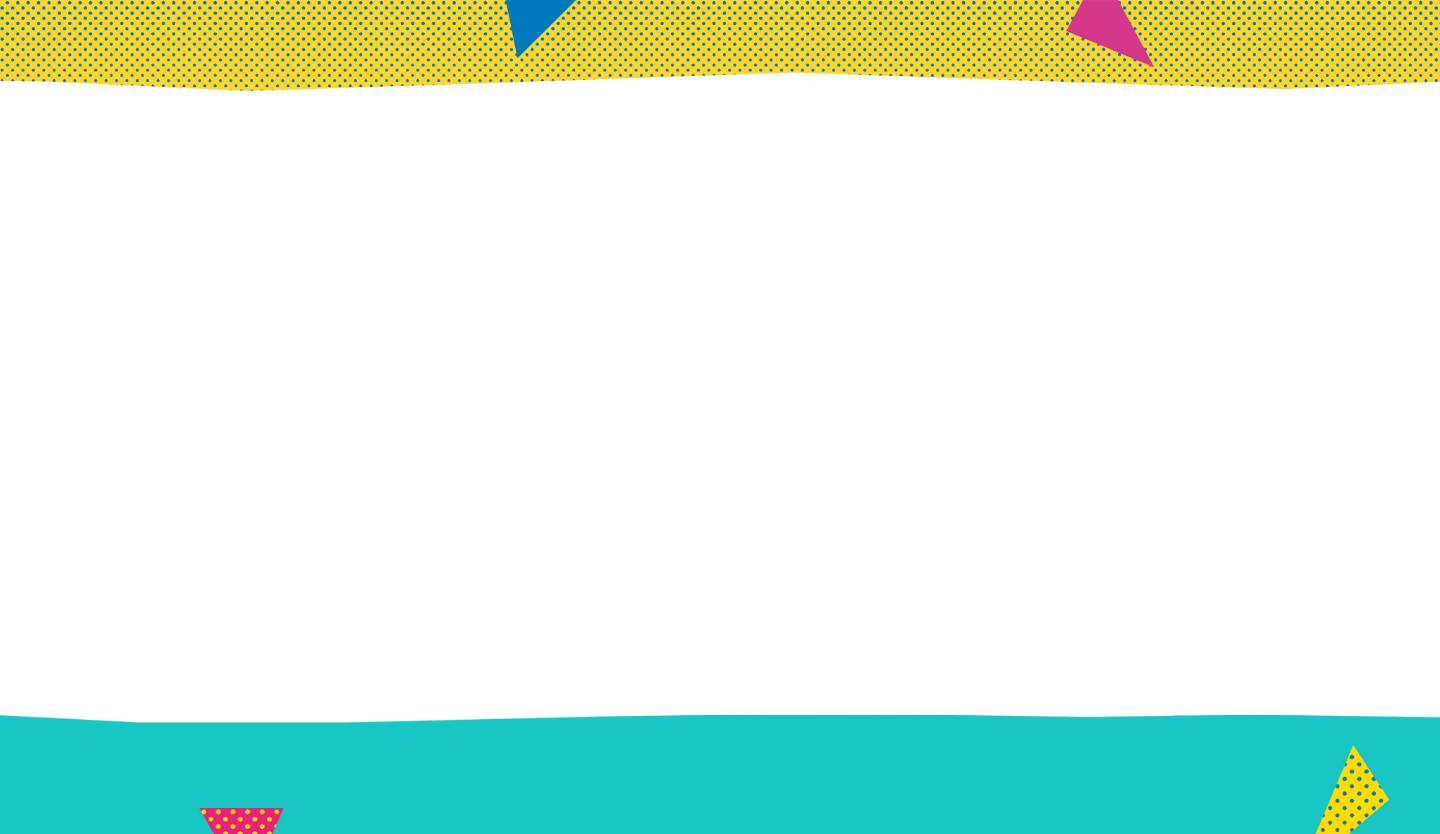Finding our way back to our core creativity often involves a simple promise to ourselves: Embrace the mess.
Order is nothing but a friendship with chaos.
Abhijit Naskar
When Do We Start Forgetting to Embrace the Mess?
We come into the world being completely comfortable with making messes. Being willing to get it wrong, play without rules, and explore with an adventurer’s heart. Follow where the game or imaginary friend takes us.
Get lost on purpose.
Right around age ten or so, all of that begins to change. With several years of influence from teachers, parents, and peers, we begin to search for the rules that define our next move. Instructions for how to do something “correctly” so that we may “get it right.”
The path becomes narrower and narrower as it funnels us into a chute of perceived, proper forward motion. We begin to see the world in black-and-white extremes. Opposites. It’s either this or that. We seek and cling to labels, categories, and tidy boxes containing an organized world.
As we become adults, we find an odd comfort in the confinement of order. It feels restrictive and limiting, but because it has become so familiar, behaving outside that norm fills us with anxiety.
More and more, we look to external authorities to define not only our approaches to navigating the world, but also our sense of who we are, how we fit into the world, and our notions of self-worth.
It is no wonder, then, when we adults are faced with a blank sheet of paper, we freeze.
When we are called on to create, problem-solve, and/or ideate, oftentimes we get stuck before we even get started. Why? Because our brains tell us there are a couple of right answers, only one or two right moves—and we better choose correctly, or we are doomed.
We avoid messes and chaos and disorder with every fiber of our being. Mightily resist making any kind of a mark unless we are absolutely certain.
There is nothing but dead air there.
It is completely understandable, therefore, that we procrastinate and self-select out of the world of creativity. Out of getting clear on our dreams, making bold moves, and pursuing what fills us with pleasure and delight.
We can set ourselves free, and it is surprisingly simple and easy. The path out of a state of anxious stuck only requires that we surrender to Uncertainty, embrace chaos, and then edit.
Take a look at the painting below. I made this with acrylic paint, crayons, and white pieces of paper.

3 Steps to Embrace the Mess and Get Out of Stuck
1. Surrender to Uncertainty.
When I began, I had a palette of paint set up with colors I love. I released all attachments to any perceived rules I had for how to make a beautiful work of art. I even let go of focusing on the outcome of the work and whether or not I would like it. I was simply looking for an experience of making something.
2. Embrace Chaos.
I closed my eyes and stuck my brush into random colors and began smearing paint across the page in wild, random moves. I stuck my fingers into the paint and swirled them over the surface. I worked with my non-dominant hand to further separate me from the ability to control anything.
3. Edit.
After several minutes of painting, I stopped and surveyed what I had on the paper. I loved the messy, colorful marks made without control. They had an energy and quality to them that I knew I could never achieve from a stance of control and rules.
I looked at the marks for what they could become. I took blank sheets of white paper and began tearing them into pieces, making the decision to embrace the mess. I placed them around the marks and shaped them into a vase filled with flowers.
Once I had a design I liked, I glued the pieces down. I then went back in with crayons and made wild marks on top of the white pieces of paper to push them into the background and incorporate them more fully into the page.
We do not have to know what we are doing before we begin. We can jump right into action and make a mess. Lean way into our intuition and see what happens. Surface what wants to be born. Find our way as we go and not overthink each move.
Then, we can go back and edit.
When we edit, we bring our years of knowledge and discernment to the process. We shape and refine the work. Subtract what doesn’t fit and bring attention to what does. If we get a sense that there is more to discover, we can go right back into chaos and see what else we can find.
Note that these are two separate energetic states—two ways of using our brain. When we swing from surrendering into chaos and then to editing and back again, we can leapfrog over the moat of self-doubt. We can not only get going, but also keep going.
Rules keep us on the sidelines and unwilling to believe we have what it takes. Chaos shakes loose what is possible and guides us to the veins of our creativity gold. The choice to embrace the mess—to reenter the world of disorder—oxygenates our souls and powers our success.










